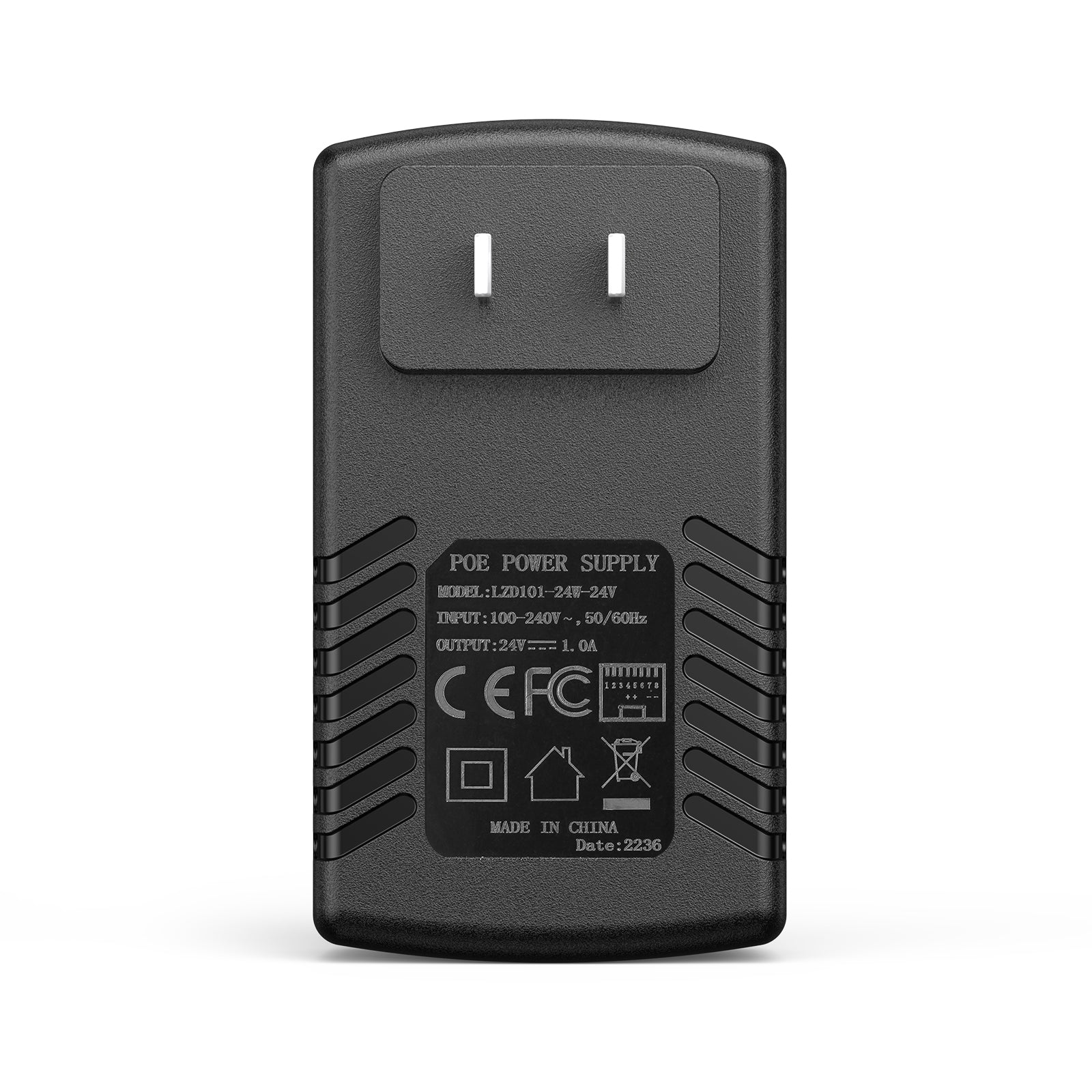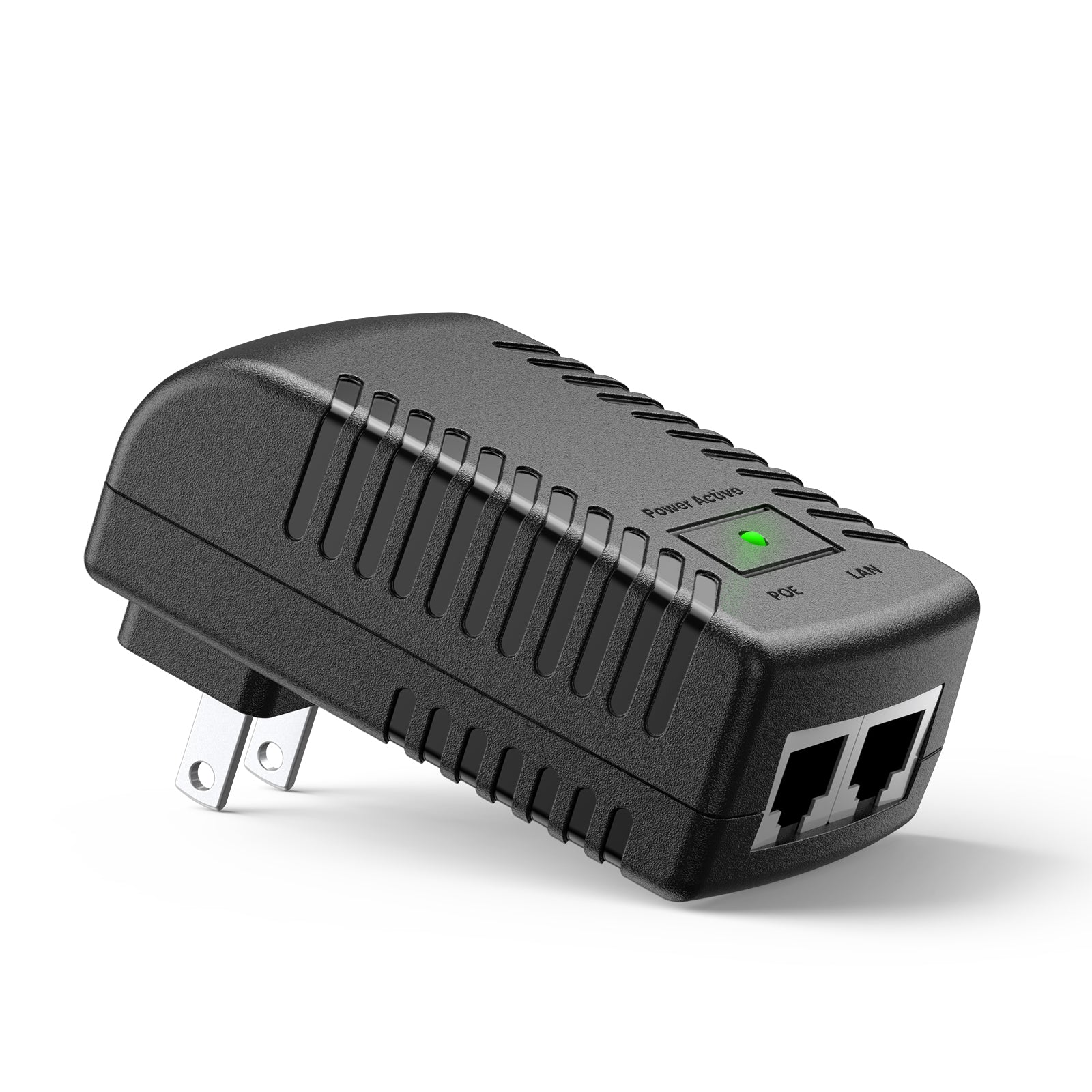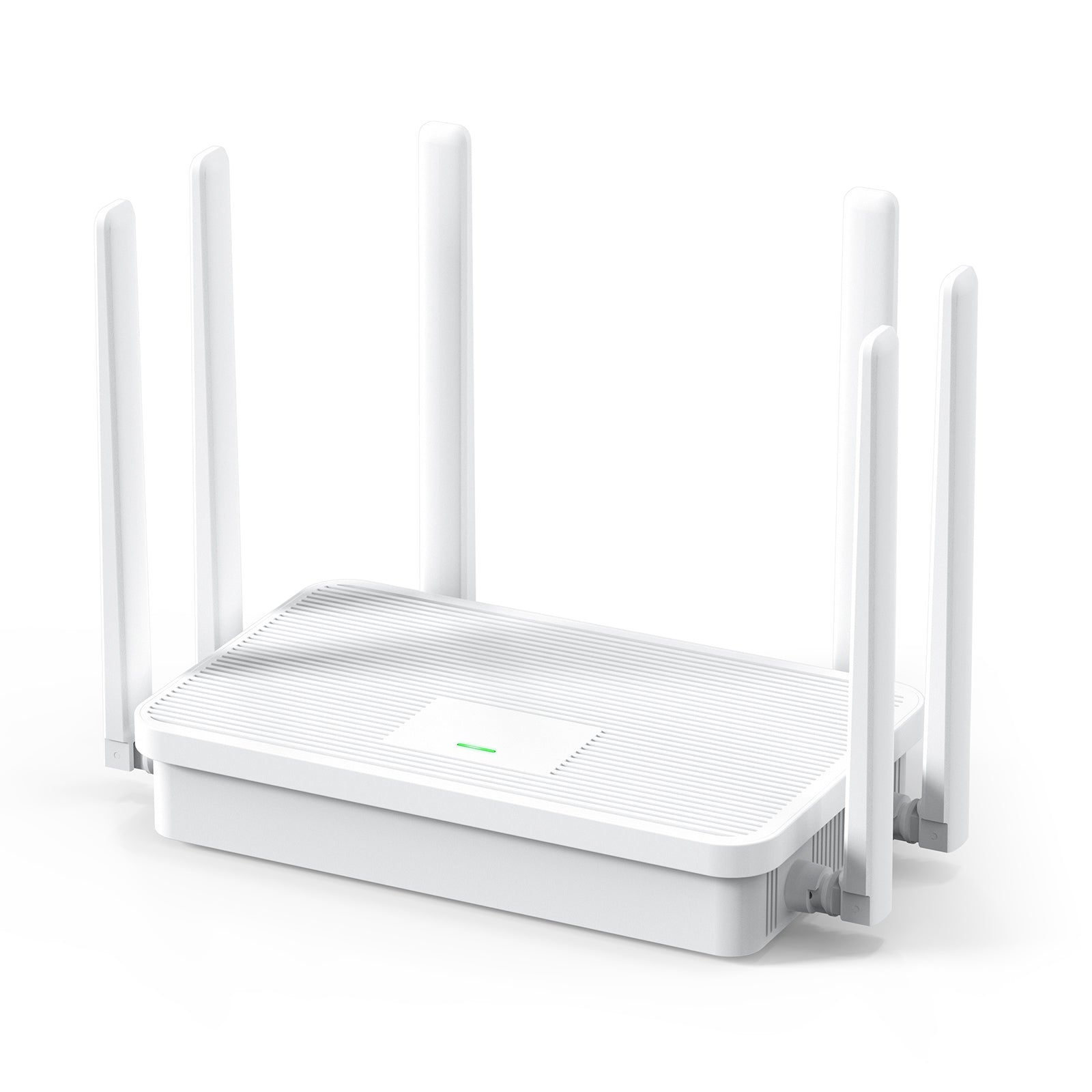Understanding Wireless Bridge Technology
The Evolution of Wireless Bridging
Wireless bridging has a rich history in the United States. It started with simple, point-to-point links. These early systems connected two networks across a gap. Over time, tech advances made bridges smarter and more powerful. They began to handle more data and serve more devices. This shift transformed how U.S. businesses connect and share info. Today, wireless bridges link numerous points over large areas. They use cutting-edge tech like Wi-Fi 6 and 5G. These upgrades provide fast, stable connections for firms of all sizes. The evolution of wireless bridging is a story of ongoing innovation. It reflects a drive to keep U.S. enterprises on the leading edge of connectivity.

Real-World Success Stories
Streamlining Operations in the Manufacturing Sector
Wireless bridges have revolutionized U.S. manufacturing. By linking networks over distances without cables, they enable easier communication and control. This tech helps factories boost efficiency and reduce errors. For instance, a Midwest auto plant used a wireless bridge system to connect assembly robots. The result was a 20% uptick in production speed. Also, a Texas aerospace facility applied this tech to their inventory system. It cut down retrieval times by roughly 25%. These improvements show the power of advanced wireless solutions in real-world settings.
Retail Innovations with Wireless Bridge Solutions
Wireless bridges have revamped the retail landscape. Stores across the U.S. are now more connected and efficient. These solutions ensure vital data transmission between devices without cables. Such tech lets retailers manage inventory in real-time. They also offer faster checkout processes and smarter customer service. Wireless bridges have helped stores adapt to the e-commerce boom. In this shift, customer experience and operational efficacy have improved. This technology has played a pivotal role in retail innovation.
The Future of Connectivity in the United States
Anticipating Changes in Consumer Demand
In the U.S., consumer behaviors are changing fast. Companies must watch these shifts. Trends show a rise in mobile and IoT device use. This means more demand for robust wireless networks. Businesses need to plan for this growth. They should adopt wireless bridge tech to stay ahead. It ensures seamless connectivity for users. This way, they meet the demands of savvy consumers. Anticipating needs is key to success in today's market. Wireless bridges can help firms do just that.


















